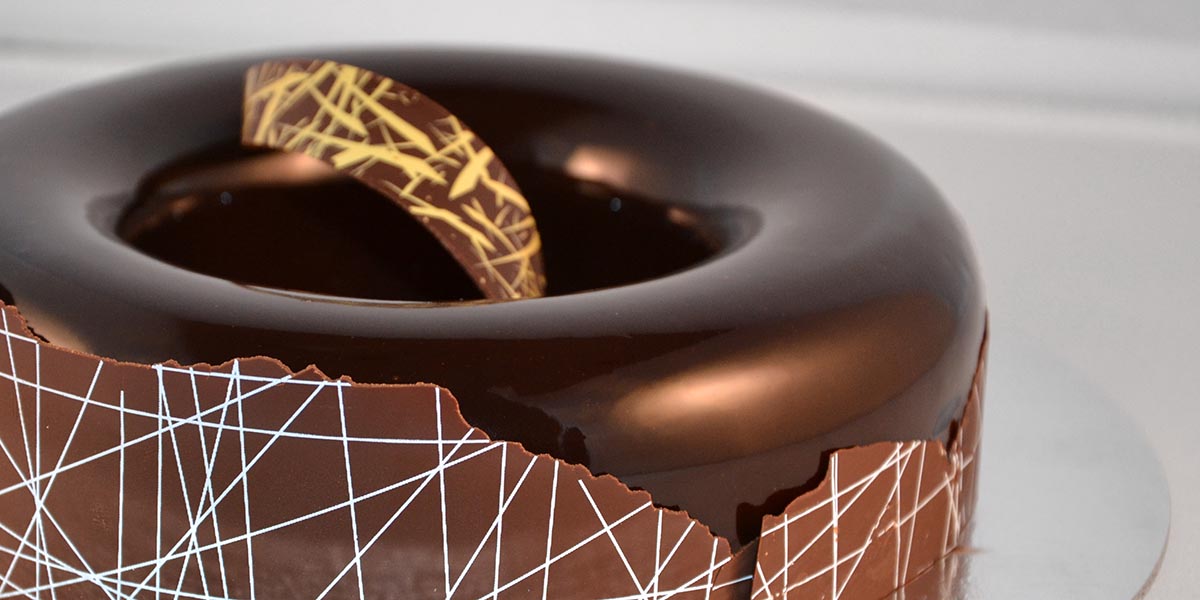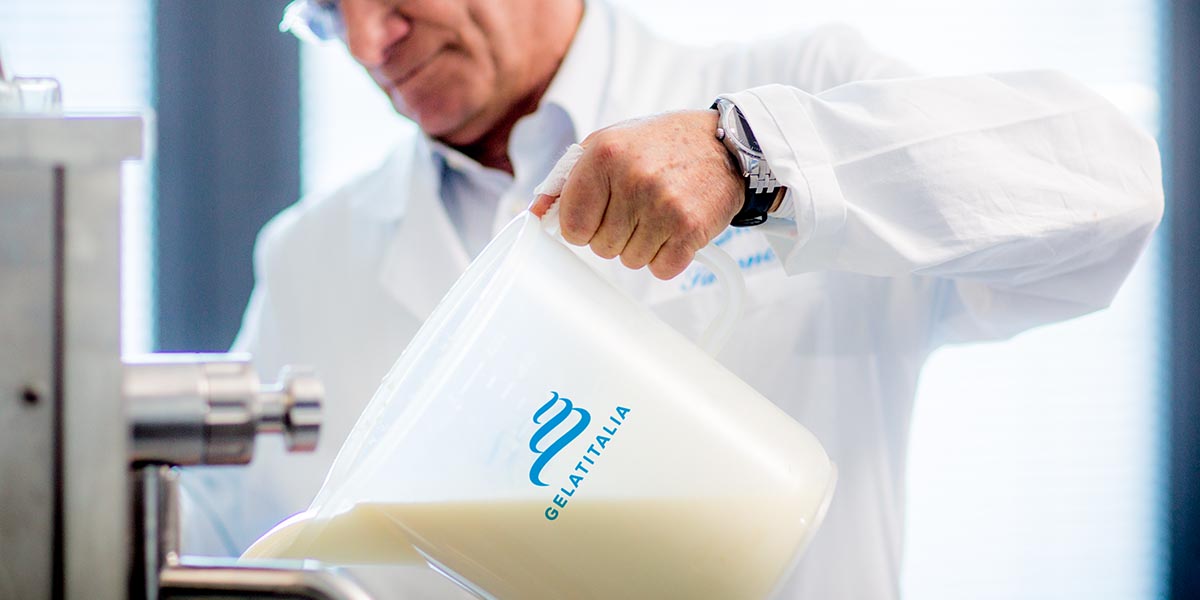What Are Ice-Cream Pastes?
Thanks to their practicality, long shelf-life and the flavors and aromas they are able to add to the final product in a completely natural way, pastes are one of the mixes for ice-cream making that are most widely used to produce artisanal ice cream. Let’s take a closer look at what ice-cream pastes are through this article and why they are indispensable for ice-cream makers.
February 25, 2021
What Are The Features And Benefits of Ice-Cream Pastes?
Ice-cream pastes are ready-made products with a fluid consistency that can be mixed in the basic mix of artisanal ice creams to give them additional organoleptic characteristics. Resorting to these products is very common for ice-cream making because it opens up to a series of benefits and guarantees of quality as far as the final product is concerned. Here are the main ones:
- Being made with high-quality, fresh, GMO-free raw materials, pastes are a perfect flavoring;
- They are often produced with IGP or DOP-labeled raw materials: this offers an additional guarantee of traceability and value to the final product. An example of this are our ice-cream bases made with green pistachios of Bronte DOP and Piedmont IGP hazelnuts;
- Besides ice cream, they can also be used in many an ice-cream and bakery preparation: mousses, parfaits, Bavarian creams, baked goods like cookies, yeast-leavened cakes and shortcrust pastry, creams and ganache. Their texture makes it easy to blend them with any other type of mix, including whipped creams, without compromising their consistency and airiness;
- They allow you to use all the fresh fruit and nuts you want, even out-of-season fruit, without having to resort to frozen products, pleasing the most demanding customers at any time of the year;
- They speed up ice-cream making and nullify the risk of food contaminations, as fresh products are processed in protected environments complying with hazard analysis protocols (HACCP). This protects raw materials, especially nuts, from fungal infections. Nuts are shelled, deprived of contaminants and toasted, then minced and refined until transformed into an out-an-out, highly soluble paste.
How Many Types of Artisanal Ice-Cream Pastes Are There?
The majority of ice-cream pastes are fat pastes obtained from nuts. You can potentially use any kind of nut: the most widespread types, which can also be found in Gelatitalia’s catalog, are peanuts, almonds, hazelnuts and pistachios. Such ingredients can also be dangerous allergens for some people and it is therefore crucial not just to display your ingredient list in your ice-cream parlor, but also to avoid serving different flavors with the same scoop, carefully following the HACCP principles. Nut-based ice-cream bases are sometimes added with naturally-sourced emulsifiers which help enhance their texture and preservation. In this sense, one of the most widespread substances is soy lecithin, constituted by fatty acids combined with phosphorus and probably the most ancient emulsifier used in ice-cream making.
There are, though, also fruit ice-cream pastes: these are made with fresh fruit, chopped, pureed or juiced and then frozen. These products’ pH is later fine-tuned, and sugars and thickeners, like nut-based pastes, are added; eventually the mixture is pasteurized. In this case as well, the quality of raw materials allows to avoid resorting to synthetic colorants: the hues and scents of the final products will be just the same as the ones of natural fruit. The possible variations are almost endless: in Gelatitalia’s catalog, for instance, you will find all the flavors of red fruits, currants and exotic fruits (such as pineapple, mango and bananas) as well as the traditional fruit-salad fruits, like melon or peach: a true concentrate of flavors guaranteed by our controlled supply chain.
At Which Point Of The Ice-Making Process Are Pastes Used?
Pastes are mixed with ice-cream bases during the whisking stage, one of the final stages in artisanal ice-cream making, when the blend is shaken and frozen very quickly until it reaches the desired consistency. Using well balanced mixed allows you to get the right overrun (namely the amount of air incorporated, which should be around 25% for artisanal fruit ice creams and 40% for creams), which will give ice cream its typical softness and scoopability while diminishing its cold effect on the palate.




